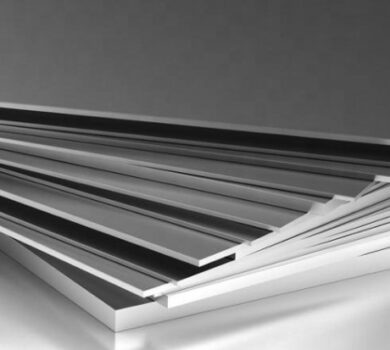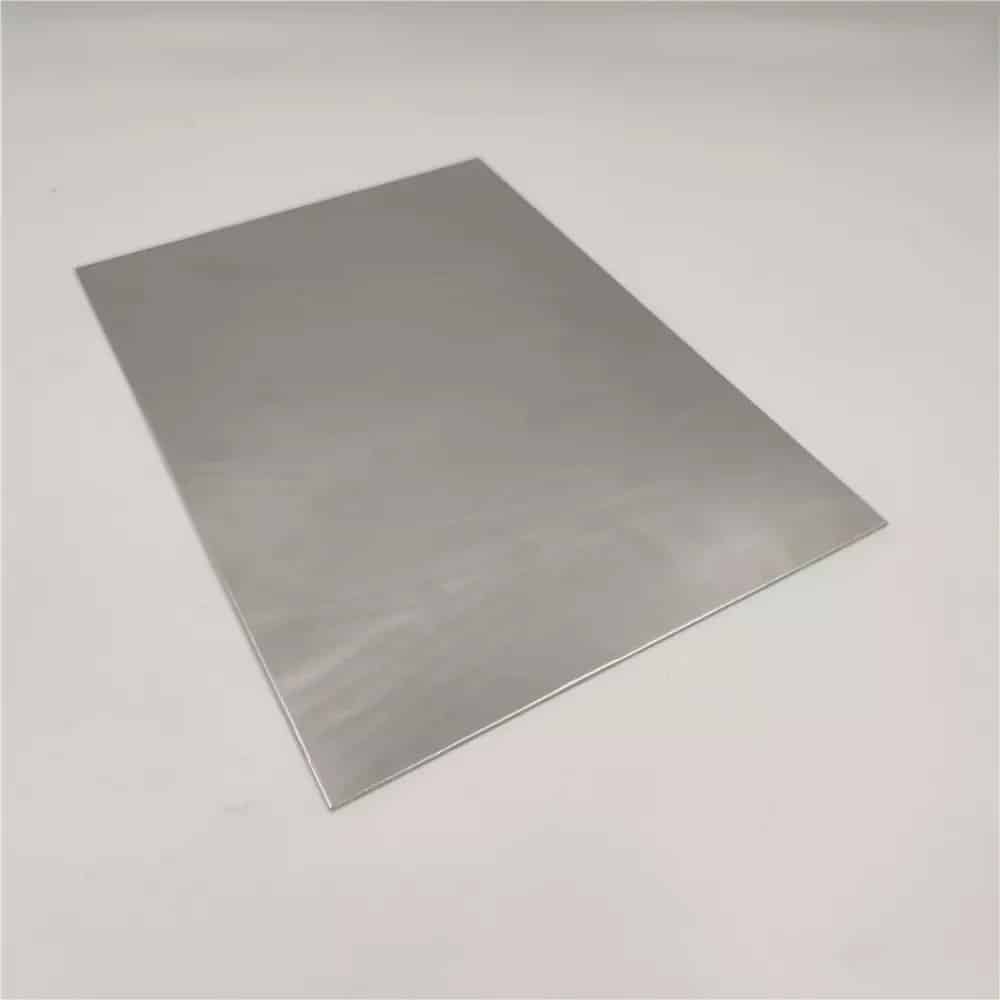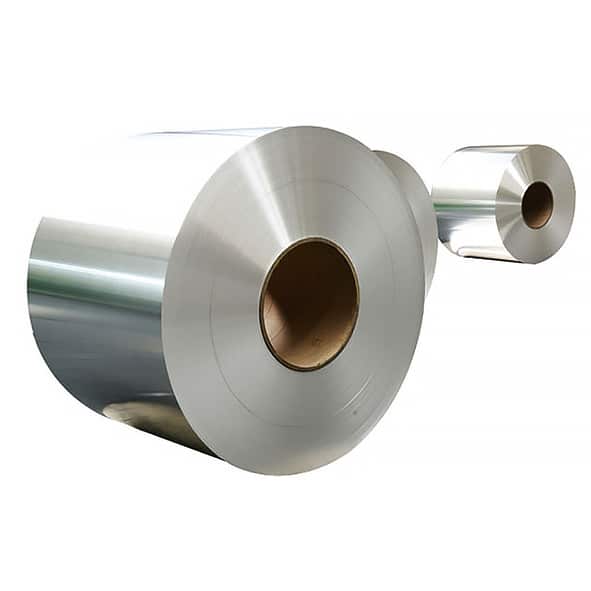As temperatures rise, there’s nothing better than the cool relief of an air conditioner. But have you ever wondered what magic happens inside these appliances? No more guessing. It’s aluminum coils that transfer heat to keep spaces comfortable. In this article, we will explore how these coils play in air conditioning and the advantages they provide.

How Heat Transfer Works in Air Conditioners?
First, let’s quickly run through what goes on inside an air conditioner unit. Air conditioners provide cool air by transferring heat energy out of an indoor space. There’s a loop that refrigerant fluid circulates through, and these contain four main components:
Evaporator Coil
This coil lets the refrigerant absorb heat from the hot indoor air blown over it. The refrigerant evaporates from liquid to gas while taking the heat energy along for the ride.
Compressor
It squeezes the gaseous refrigerant to raise its temperature.
Condenser Coil
The hot refrigerant enters the condenser coil or brazing condenser coil where cold outdoor air condenses it back into a liquid, releasing the heat outside.
Expansion Valve
Lastly, the liquid passes through a valve that lowers its temperature and pressure before heading back to the evaporator coil. Then the cycle repeats, constantly taking heat from indoor air and transferring it outdoors. The evaporator and condenser coils are like engines, making this all possible.
Benefits of Using Aluminum as The Ideal Metal for Cooling Coils
When it comes to choosing metal for evaporator and condenser coils, aluminum is considered the best choice. Here’s why aluminum dominates:
- Excellent heat conductivity
- Lightweight yet strong
- Strong corrosion resistance
- Easy to shape into coils
- Costs less than many alternatives
With its ability to rapidly transfer heat while staying affordable, aluminum is undoubtedly suitable for heat exchanger coils.
Aluminum Coil Designs
Aluminum coils come in all shapes and sizes. They can be round, oval, flat, or micro-channel tubes paired with fins to maximize surface area. Experienced manufacturers design coils tailored to work with different refrigerants.
Aluminum Coils Rapid Heat Transfer
It can transfer heat multiple times faster than many common metals. This allows aluminum coils to remove heat from air lightning fast as they pass through. More heat transfer means smaller, more efficient A/C units.
Lightweight but Heavy Duty in Performance
Imagine, with only one-third the density of copper, they are considered robust. Aluminum fins efficiently shed heat without drooping, while the coils withstand intense internal refrigerant pressures. Who said light metal can’t be tough?
Strong Corrosion Resistance
The protective oxide layer that forms on aluminum, coil resists corrosion from condensation, refrigerant, and weather over years of operation.
Bends and Shapes to Fit Any Coil Design
Want oval tubes? Corrugated fins? No problem. This flexibility allows coils to be customized on demand for maximum efficiency.
Taking Good Care of Your Aluminum Coils
Like any component, coils work best with proper maintenance, like routinely blowing out dust and debris from fins, straightening bent fins that block airflow, checking refrigerant pressure and leaks, inspecting for damage, and lastly, replacing air filters on schedule. Well-loved coils will chill for years.
Conclusions
YK Aluminum engineered our aluminum coils with advanced technologies to maximize efficiency. Now that you know more about aluminum and how coils work, you can make an informed decision in selecting the perfect coils to stay comfortable when rising temperatures try to bring you down.






